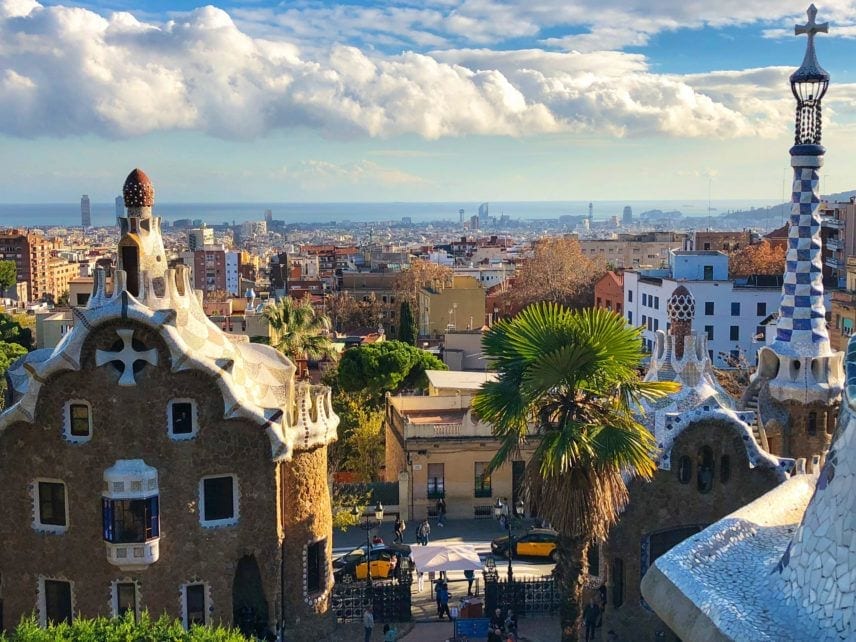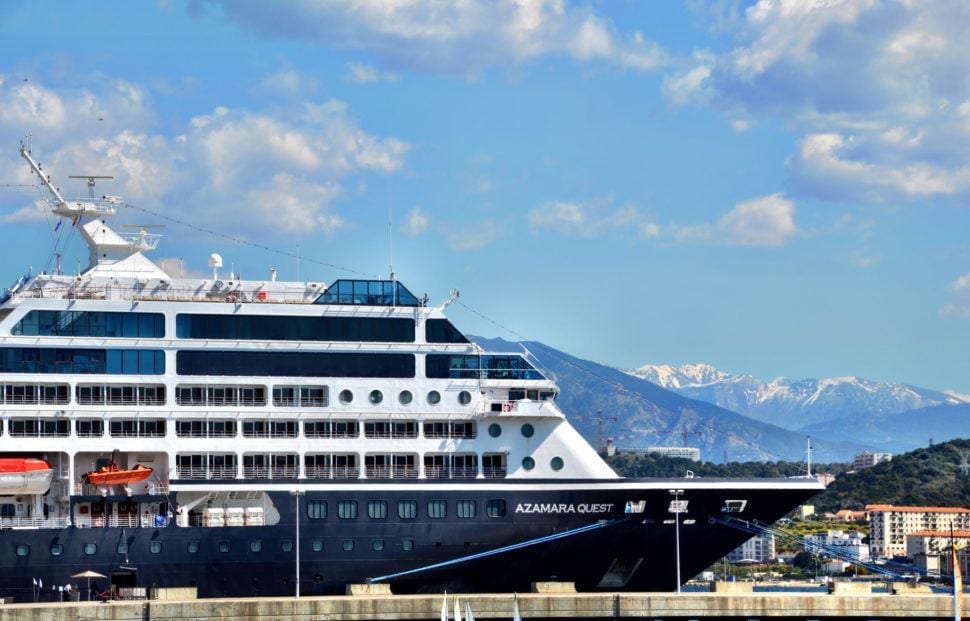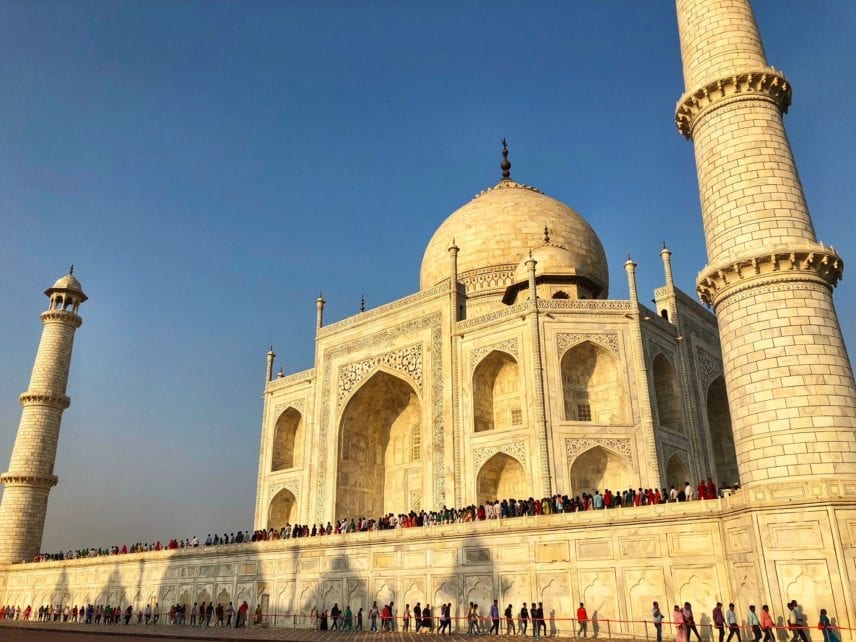
When I first heard about citizen protests in Barcelona over the issue of too many tourists, I was annoyed. National and regional tourism marketers and politicians had literally spent decades promoting travel to Spain. They encouraged new hotels, they built new cruise facilities and they lobbied airlines to increase the number of flights into and out of the city. Barcelona has benefited from these millions of tourists financially in a way that would be otherwise impossible to replicate. The city not only asked for more tourists to visit, but they have clearly benefited and so, I was annoyed. Then I started to dig a little deeper, to try to understand the real issues behind the phrase overtourism and I began to understand where that Catalonian anger had originated. It’s of course not just a Barcelona problem, it has very quickly become an issue for local governments and tour operators around the world and, so far, few know how to deal with it. I clearly don’t have any answers to the problem, but it is a subject that I think we as tourists need to better understand and examine what role we play in this alarming trend.

What’s the problem?
In 2010 Iceland received around 500,000 tourists. This year it’s projected that around 2.5 million will visit this small northern island home to a scant 330,000 people. You don’t have to be a city planner to understand that a level of growth as dramatic as that will create problems not just for locals, but for tourists as well. We as tourists travel to see and experience new things. Many times we have an idea of what we most want to see and experience. In Rome it’s the Trevi Fountain, the Vatican and the Colosseum. In Dubrovnik it’s walking the city walls and tracking down Game of Thrones locations. The problem is, this is the wish list for every visitor. The net effect is a crowd of thousands around the Trevi Fountain during the peak hours of the day, each battling one another for the perfect photo. I can’t tell you how many times I’ve been whacked in the head with a selfie stick in every corner of the world. The overall quality of the travel experience diminishes, it’s just not fun battling thousands of other people. Last October I was in Rome and, since it was October, I thought it would be a slower time to experience the Eternal City. I was wrong, very wrong. The crowds were unlike anything I’d seen before; it seemed more like August than late fall. This is happening everywhere though and the effects are very suddenly being felt, although it’s a problem that has been decades in the making. Whether it’s countries closing entire islands off to new visitors or sites like Machu Picchu and Dubrovnik limiting the number of visitors every day, local officials are trying to deal with the quality issue. But it’s not just about the travel experience.
Locals feel the effects of overtourism in ways visitors never will. As Airbnb becomes more popular, higher priced short-term rental apartments push out longtime residents from popular neighborhoods. Urban districts start attracting out of towners and suddenly those neighborhood cultures start to change. Roadways can’t handle the increased traffic and, in some cases, the economy starts to price out locals in nearly every way, as is the case in Iceland. While the number of tourists may have dramatically increased over the decades, the size of popular attractions, the width of old city roads and museum hallways has not changed. The net effect is a city in which locals are not quite as happy to live in as they once were, which permeates into nearly every aspect of the travel experience for tourists.

Build it and they will come
I certainly don’t blame the tourist though, well, not entirely at least. As I mentioned, city leaders spent decades trying to achieve this very result. In the 1990s, Barcelona was hardly a blip on the global cruise ship market. Today, more than 2.7 million cruisers will leave their ships and descend into the city. That was always the goal though. Brand new port facilities were built, deals were struck and cruise lines lobbied, all to make Barcelona the Mediterranean cruise hub that it is today. Destination marketers spent years promoting their city to the world, attending goodness knows how many trade shows, endlessly pitching media and, in short, doing everything in their power to attract more visitors. Why? The obvious reason is for the economic impact, but it also comes down to how they are evaluated. Tourism marketing has a problem and it’s all in the numbers. Success means more visitors, short and simple. Heads in beds and little else. It very much is a quantity over quality based assessment and that has in large part led to many of the issues the world is experiencing today.

Quality and not quantity
The belief, and one that is perhaps well founded, is that more tourists means more money for the local destination. Increase the number of tour operators or cruise ships and that lifting tide of tourism will lift all boats of the local economy, from hotels and rentals to restaurants and the businesses that supply them all. It’s been a race to see who can attract the most people and, luckily or unluckily, they have largely been very successful in achieving their goals. The problem is that tourism marketers and city planners don’t work together. They don’t understand what one another does and they certainly don’t understand how both could easily cooperate to help mitigate the problem. However, tourism marketers have also lost sight of the fact that the end goal is to bring more money into the local economy, and that goal can be achieved in any number of ways. Namely, by promoting higher end and luxury travel experiences that are also longer trips, destinations will be able to welcome fewer tourists but still see an increase in overall revenues. Iceland has already caught on to this concept. When I first visited 6 years ago there were maybe, maybe, 3-4 luxury hotels in the country. Now they seem to be popping up every day and not just in and around Reykjavik, but also in more far flung regions of the country. Tourism marketing in Iceland is shifting away from the quick, 3-day tours of the Golden Circle and Reykjavik to promoting longer trips deeper into the interior of the country. Ultimately, a mix of limiting the overall number of tourists along with attracting a more affluent tourist will help mitigate the problems of overtourism, but only in part.

Lazy travelers
Tourists share a portion of the blame as well. We’re lazy, there’s no other way to put it. When we first visit famous destinations, we pretty much just want to see the sights for which they are most famous. For the most part, we don’t want to veer off that well-trodden path very often and we certainly don’t want to skip those sights entirely. Travel and tourism is a promise, a promise to experience certain places in certain ways and we want that promise fulfilled. But lest you think the problem is created by tourists from far away lands like the US or China, that’s really not the problem. When I was at the Taj Mahal, I was surprised to learn that the vast majority of visitors are domestic Indian tourists. In Europe, the average tourist is not an American, although it may seem that way, it’s a fellow European. Over the last 20 years, a perfect storm was constructed in Europe that has led to an incredible level of regional tourism. Eliminating many national borders and the advent of the budget airline are largely to blame. Flying from London to Estonia for a long weekend is cheap and easy. Gone are the days of taking the train somewhere, and why would you when you can get round-trip airfare for $50? It is therefore up to the tourist to consider where they go and how they get there if overtourism is truly to be addressed.

No clear answer
We know that we have a problem. There are concerns about environmental impacts in the Galapagos and Antarctica because of the increased number of tourists. Cities like Dubrovnik, Venice and Barcelona are worried that those unique qualities that made them so popular among visitors will soon be lost to time amidst hoards of tour buses and ice cream shops. Locals are being priced out of neighborhoods where they’ve lived for years and even getting around town has become much harder. So yes, overtourism is a problem. Identifying the issue is the easy part, the hard part is trying to figure out how to remedy the situation. Not to be overly negative, but there clearly is no single solution to this problem and even those modest solutions currently being implemented aren’t enough to ease the burden of overtourism. The Taj Mahal recently limited visitors to just 3 hours on site. That’s fine, but I can’t imagine anyone spending that long at the Taj Mahal; there’s simply not enough to do there. So it’s a remedy without an effect and that really will be the short-term norm around the world. Local leaders want to be seen as fixing the problem but are also still terrified at losing those valuable tourist dollars. Planners and leaders are being torn apart by conflicting constituencies with no solution in sight. The first step though is for everyone involved to realize that yes, there is an issue. That self-awareness alone will go a long way to start the process of remedying the situation. Destination marketers need to adopt a quality over quantity mentality and tourists need to be more mindful of how they travel. There will come a time though when it’s just so unpleasant to visit famous places like the Trevi Fountain or the Sagrada Familia, that people just won’t want to go. Yet, they’ll still travel somewhere. There is a breaking point and what is most interesting to me isn’t whether or not we’ll hit it, we will, it’s how it will resolve itself.
At the start of this post I promised no answers and I think I’ve delivered on that promise. That wasn’t the point of writing this though. It was instead to bring some more awareness to the issue of overtourism and to start a conversation on how we as tourists can help alleviate the problem.

I was shocked by how many people were in Portugal in early November. I can’t imagine what it must be like in july – August, especially in smaller cities like Sintra!